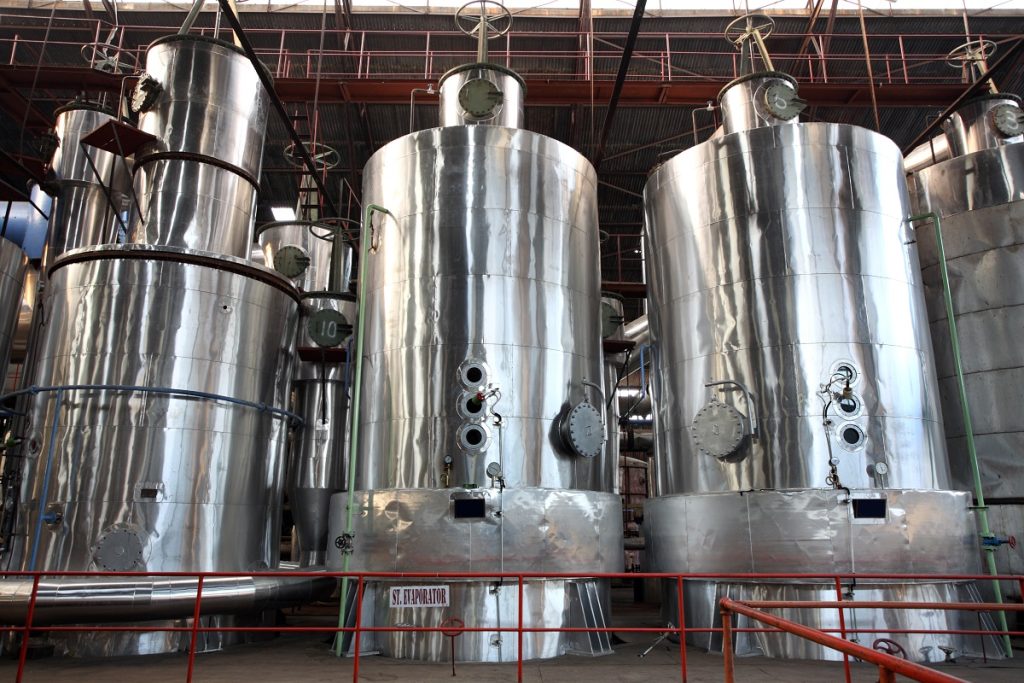- Robotics in warehousing improves efficiency by speeding up operations and minimizing human errors.
- Automation reduces labor costs, with robots able to work 24/7 and requiring less maintenance.
- Robots enhance warehouse safety, performing potentially hazardous tasks and reducing accident risks.
- Robotic systems improve inventory control, providing accurate data and enabling timely problem detection.
- Robotics allows greater flexibility, helping warehouses swiftly adapt to changes in demand or production.
The world of warehousing has changed dramatically over the past decade. One of the most significant changes has been the increasing use of robotics in warehousing operations. Robotics enables warehouses to operate more efficiently, reduce labor costs, decrease errors, and improve overall performance. Especially in technologically-advanced countries like Japan and Singapore, robotics plays an essential role in developing modern warehouses.
This blog post will explore how robotics transforms the warehousing industry and its benefits to modern business operations.
Greater Efficiency and Speed
With robots performing most labor-intensive tasks, such as loading and unloading, sorting, and stacking, warehousing operations run much more efficiently and quickly. This automation eliminates delays and bottlenecks resulting from human error, fatigue, and limitations while enabling warehouses to rapidly handle more products and fulfill orders.
Many robotics companies now offer automated storage and retrieval systems that reduce the need to manually transport products while allowing customers to receive their orders faster. There are also advancements in material handling equipment, from forklifts to conveyors, that allow businesses to move their products faster and with fewer errors. These advancements are also making product handling safer by reducing the risk of injury.
![]()
Reduced Labor Costs
Investing in robots can be more economical than hiring, training, and managing employees. Even better, robot maintenance costs tend to be less expensive than employees in the long term. Robotic systems can work tirelessly 24/7 without needing breaks or rest periods, lowering labor costs and enabling warehouses to operate more cost-effectively in the long run.
But, of course, they still need a human touch. They require skilled operators to customize the robot systems and software as new technologies or products enter the market. They also require maintenance and troubleshooting, so human workers still play an essential role in operating robotic systems.
Increased Safety
Robots are safer for warehouses as they reduce the risk of injury for employees. Different equipment can handle different tasks that can endanger humans. Here are some of the many ways robotics helps warehouses operate more safely:
Automated guided vehicles
Some warehouses now use automated guided vehicles (AGVs) to move materials from one area to another. These robots navigate predetermined paths and interact with other machines, reducing the risk of accidents due to human error.
Mechanical arms
Tasks like loading and unloading are now handled by mechanical arms that pick up and move heavy items, allowing warehouses to store products more safely. These robots can also be programmed to precisely identify objects or things, reducing the risk of employee injury from manually lifting large items.
Sensor-driven robots
Sensor-driven robots can sense changes in their surroundings and adjust accordingly to maintain safety. They can detect when objects are too close or out of place, helping warehouses avoid accidents.
Sorting robots
Robot sorting systems enable warehouses to reduce the risk of employee injury by sorting and organizing items rapidly. They can also be programmed to detect missing items, helping warehouses avoid losing products due to human error.
![]()
Enhanced Inventory Control and Accuracy
To optimize warehouse operations, companies must ensure they have constant access to accurate data about inventory levels. By utilizing robots, warehouses can get improved accuracy in stock-taking and tracking that reduce mistakes so that potential problems can be repaired before they affect the company’s bottom line.
For example, robot systems can be programmed to detect when items are out of stock or nearing expiration dates, allowing warehouses to identify and address problems before they become serious. This level of accuracy is also beneficial for companies that need precise control over their inventory levels.
Greater Flexibility
An adaptable and flexible warehousing operation is essential in today’s ever-changing business climate. Using robotics, a warehouse can adjust quickly to changes in demand or unexpected changes in the production line. Robots can be reprogrammed for different tasks quickly, making warehouse operations more agile and responsive to fluctuating business needs.
The warehousing industry has undergone significant changes by implementing robotics into warehouse operations. This has enabled warehouses to operate more efficiently and with incredible speed and lowered labor costs while increasing safety, enhancing inventory tracking, and affording greater flexibility. The advent of robotics and its use will likely grow in popularity as more businesses look to modernize and optimize their supply chain operations. Investing in robotic automation within warehouses can provide long-term benefits and help organizations remain competitive today and well into the future.





